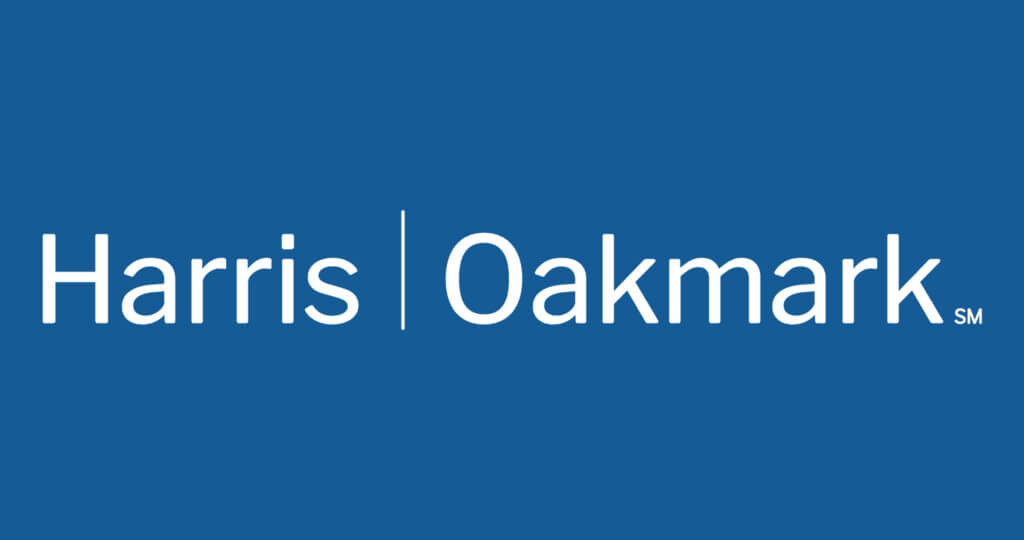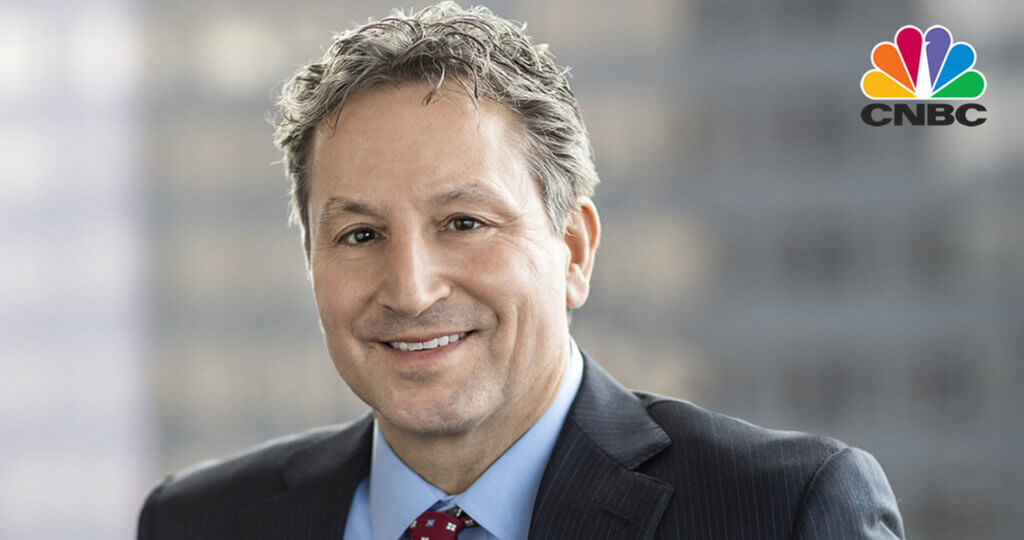Oakmark International Fund – Investor Class
Average Annual Total Returns 12/31/21
Since Inception 09/30/92 9.23%
10-year 8.76%
5-year 7.14%
1-year 9.03%
3-month 0.98%
Gross Expense Ratio: 1.06%
Net Expense Ratio: 1.04%
Expense ratios are based on estimated amounts for the current fiscal year; actual expenses may vary.
The net expense ratio reflects a contractual advisory fee waiver agreement through January 27, 2022.
Past performance is no guarantee of future results. The performance data quoted represents past performance. Current performance may be lower or higher than the performance data quoted. The investment return and principal value vary so that an investor’s shares when redeemed may be worth more or less than the original cost. The To obtain the most recent month-end performance data, view it here.
From a relative perspective, the Oakmark International Fund has had a disappointing short-term performance returning 1.0% for the quarter ended December 31, 2021, compared to the benchmark, the MSCI World ex U.S. Index, which returned 3.1% for the same period. Despite this, we continue to witness the generally robust operating conditions for the businesses in which we are invested and are very confident that as the pandemic wanes and the global economy improves that we will see a continuation of this strong business performance. The Fund finished the calendar year with positive absolute performance of 9.0%, compared to the index’s return of 12.6%. In addition, the Fund has returned an average of 9.2% per year since its inception in September 1992, outperforming the MSCI World ex U.S. Index, which has averaged 6.3% per year over the same period.
Despite ongoing concerns about supply shortages, CNH Industrial (U.K.) was a top contributor to the Fund’s performance for the quarter. In November, the global agricultural and construction equipment manufacturer reported excellent third-quarter results, highlighted by strong organic growth and margin expansion. Within the company’s largest division, agricultural equipment, sales trended ahead of expectations as CNH benefited from rising farmer incomes, low channel inventory levels and aging fleets that farmers are looking to upgrade with enhanced technology. Net pricing in this segment was strongly positive and more than offset rising cost inflation. During the quarter, CNH shareholders approved the spin-off of its “on-highway” business, Iveco Group. CNH shares began trading without Iveco in early January. We believe the separation made strategic and financial sense and will allow for increased focus and value creation.
Alibaba Group (China) was a top detractor for the quarter due to increased regulation from the Chinese government on local technology businesses, which continued to pressure the company’s share price. In addition, investors were disappointed with second-quarter earnings reported in November, marked by decelerating growth and lowered revenue guidance for the full year. Alibaba’s slowing growth was attributable to decreased retail spending in China, increased e-commerce competition and the company’s reinvestments into its merchant base. Although the company currently faces several headwinds, we believe Alibaba is an important driver of innovation in China, and several of its businesses have yet to fully scale. Finally, we believe the shares are undervalued, given the quality of the company’s assets and its technological know-how.
During the quarter, we sold our investment in AMP (Australia) and Cenovus Energy (Canada) in favor of names that, in our opinion, offer more potential upside. In addition, we transitioned our Trip.com Group ADR (China) and Alibaba Group ADR (China) shares to the respective local shares: Trip.com Group and Alibaba Group.
We initiated the below position during the quarter:
- Daimler Truck Holding (Germany), formerly Daimler’s truck and bus division, spun off from Daimler in December. The company is a leading producer of trucks globally, and we believe that it will benefit from continued improvements to its cost program as well as an optimized operating structure.
We continue to believe the Swiss franc is overvalued versus the U.S. dollar. As a result, we defensively hedged a portion of the Fund’s exposure. Approximately 15% of the Swiss franc exposure was hedged at quarter end.
Geographically, we ended the quarter with approximately 85% of our holdings in Europe and the U.K., 9% in Asia, and 2% in Australasia. The remaining positions are 1% in South Africa, 2% in North America (Canada) and 1% in Latin America (Mexico).
We thank you for your continued support.
The securities mentioned above comprise the following preliminary percentages of the Oakmark International Fund’s total net assets as of 12/31/21: Alibaba Group 2.1%, Alibaba Group ADR 0%, AMP 0%, Cenovus Energy 0%, CNH Industrial 2.6%, Daimler 2.5%, Daimler Truck Holding 0.8%, Trip.com Group 0.2% and Trip.com Group ADR 0%. Portfolio holdings are subject to change without notice and are not intended as recommendations of individual stocks.
The MSCI World ex U.S. Index (Net) is a free float-adjusted, market capitalization-weighted index that is designed to measure international developed market equity performance, excluding the U.S. The index covers approximately 85% of the free float-adjusted market capitalization in each country. This benchmark calculates reinvested dividends net of withholding taxes. This index is unmanaged and investors cannot invest directly in this index.
The Fund’s portfolio tends to be invested in a relatively small number of stocks. As a result, the appreciation or depreciation of any one security held by the Fund will have a greater impact on the Fund’s net asset value than it would if the Fund invested in a larger number of securities. Although that strategy has the potential to generate attractive returns over time, it also increases the Fund’s volatility.
Investing in foreign securities presents risks that in some ways may be greater than U.S. investments. Those risks include: currency fluctuation; different regulation, accounting standards, trading practices and levels of available information; generally higher transaction costs; and political risks.
The percentages of hedge exposure for each foreign currency are calculated by dividing the market value of all same-currency forward contracts by the market value of the underlying equity exposure to that currency.
The information, data, analyses, and opinions presented herein (including current investment themes, the portfolio managers’ research and investment process, and portfolio characteristics) are for informational purposes only and represent the investments and views of the portfolio managers and Harris Associates L.P. as of the date written and are subject to change and may change based on market and other conditions and without notice. This content is not a recommendation of or an offer to buy or sell a security and is not warranted to be correct, complete or accurate.
Certain comments herein are based on current expectations and are considered “forward-looking statements”. These forward looking statements reflect assumptions and analyses made by the portfolio managers and Harris Associates L.P. based on their experience and perception of historical trends, current conditions, expected future developments, and other factors they believe are relevant. Actual future results are subject to a number of investment and other risks and may prove to be different from expectations. Readers are cautioned not to place undue reliance on the forward-looking statements.
All information provided is as of 12/31/2021 unless otherwise specified.









